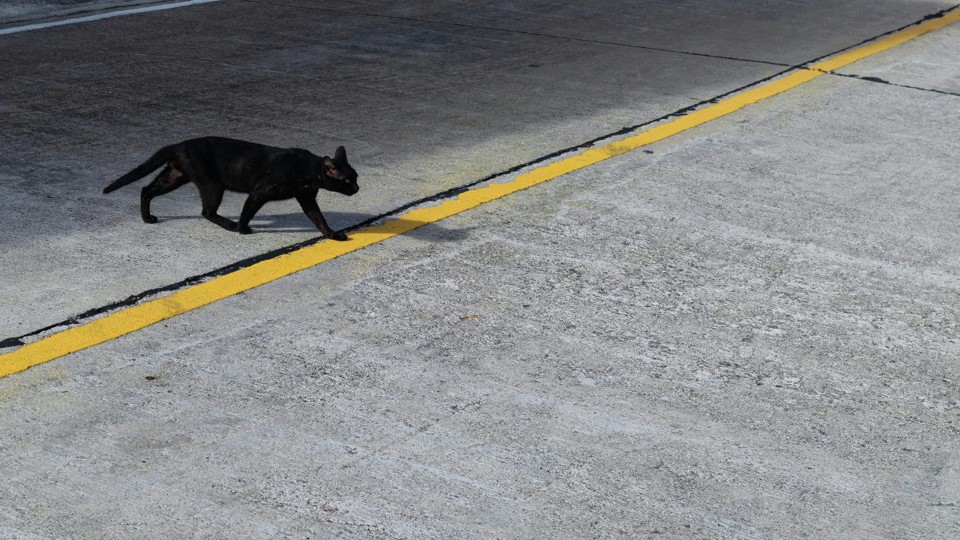Only bad golfers are lucky. They’re the ones bouncing balls off trees, curbs, turtles and cars. Good golfers have bad luck. When you hit the ball straight, a funny bounce is bound to be unlucky.” –Lee Trevino
At the recent Global Congress on Process Safety, a slogan showed up several times. In presentations, on displays, even on a t-shirt: “Luck is not a Layer of Protection.” I smiled every time I saw it. Like all good slogans, it was pithy, witty, and a gross oversimplification.
Luck, Good and Bad
We have a love-hate relationship with luck. We are quick to accept credit when things go our way, attributing our success to our own foresight, preparation, and hard work. Rarely do we attribute our success or our safety to good luck. When things don’t go our way, on the other hand, we blame, in the words of Joseph Heller, “injustice, treachery, or simple bad luck.”
The truth is that probability has a role to play in all outcomes, good or bad. Every system is capable of producing a range of outcomes, some good, some bad. The system is the same, even though the outcomes differ. The difference in outcomes is the result of probability, of luck. Yet we focus our attention on the bad outcomes, the bad luck. After all, “Good luck needs no explanation.” Good outcomes, we want to believe, are the result of foresight, preparation, and hard work.
Dungeons and Dragons
I accept the laws of probability. When I flip a coin, there is a 50% probability that it will come up heads and a 50% probability that it will come up tails. That is the system. All the foresight, preparation, and hard work in the world will not change whether or not that coin turns up tails. If flipping tails means a fatality, and that is the system, then the fatality is due to luck.
There are gamers that meet in our conference room on the weekends to play Dungeons and Dragons. They use dice to play. Not just the familiar six-sided dice, but dice based on all five of the Platonic solids: the tetrahedron (four equilateral triangles), the cube (six squares), the octahedron (eight equilateral triangles), the dodecahedron (twelve equilateral pentagons), and the icosahedron (twenty equilateral triangles).
Low rolls are bad. If rolling a one means a fatality, whether using a tetrahedron with its 25% probability of fatality or using an icosahedron with its 5% probability of fatality, rolling a one is still just bad luck. The different dice are different systems, but once the system is set, a player’s foresight, preparation, and hard work will not have any impact on whether the die rolls up one. When it does, no one stops the game to do an incident investigation. What’s the point of investigating luck?
Layers of Protection
Real fatalities in real facilities are not a game. Instead of demogorgons, we have fires, explosions, and toxic releases. Instead of dice, we have layers of protection. They serve to reduce the probability of real catastrophe. So while the stakes are much higher, we still rely on probability. Our layers of protection are like 10-sided or 100-sided dice. Every day we roll the dice and hope they don’t come up all ones.
Luck is not a layer of protection, but it is an element of every layer of protection. Short of shutting down, luck is a vital component of every safety system in use.
The Laws of Probability
Accepting the laws of probability is not the same as being a fatalist. If a system produces too many ones, then change the system. Keep in mind that systems change with time. Untended, the change is never for the good. Dice deteriorate with time, with the marks wearing off. Yet, somehow, it is not the side marked “1” that ever wears away.
Foresight, preparation, and hard work don’t change the roll of the dice. They change the dice. Our facilities must roll the dice every day. That’s just luck. Although we cannot eliminate the role of luck, we can reduce it. Our job is to make sure our facilities are not rolling tetrahedra when they should be rolling icosahedra, and that there are as many 100-sided dice in the roll as there needs to be. When we do our job well, it should seem that “if it weren’t for bad luck, we’d have no luck at all.”
